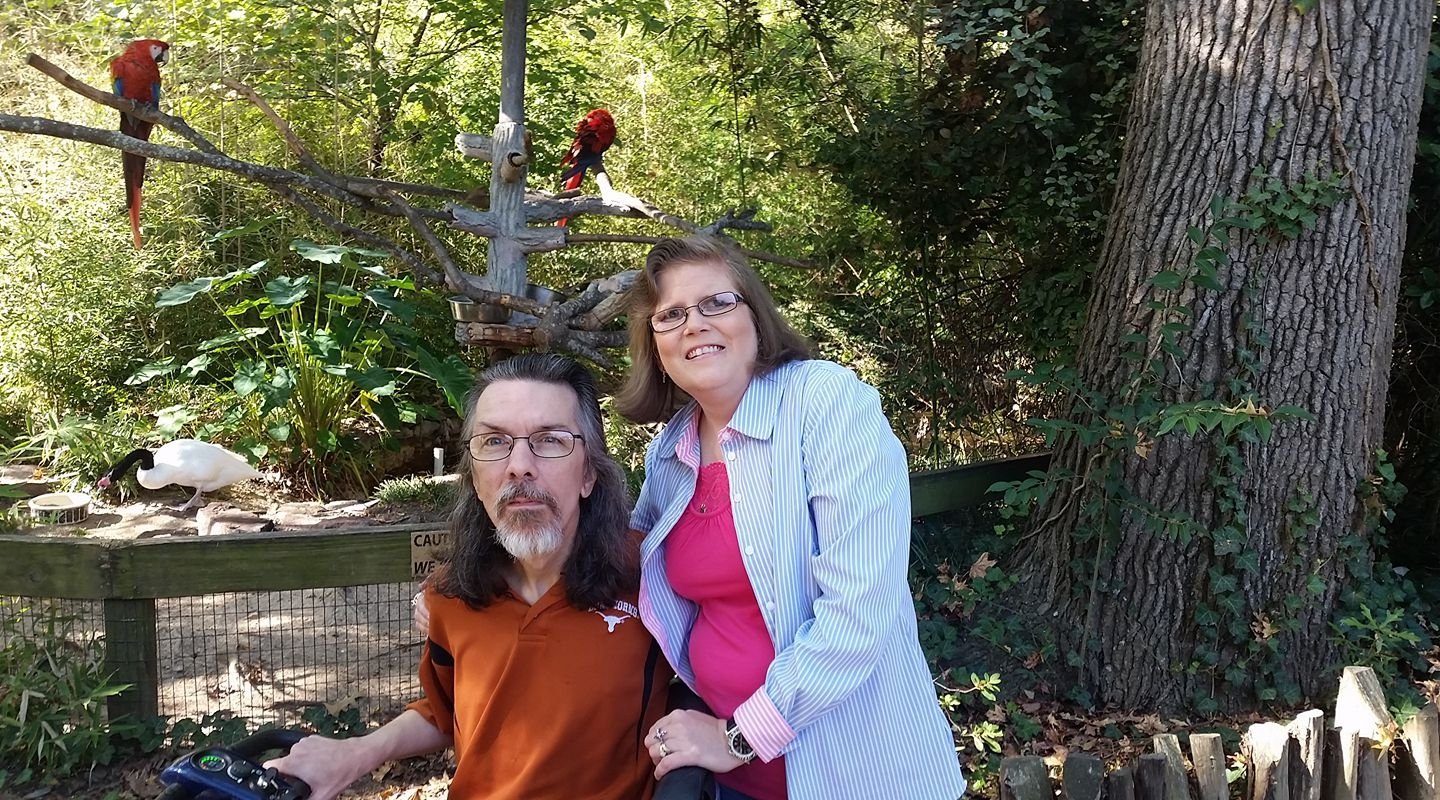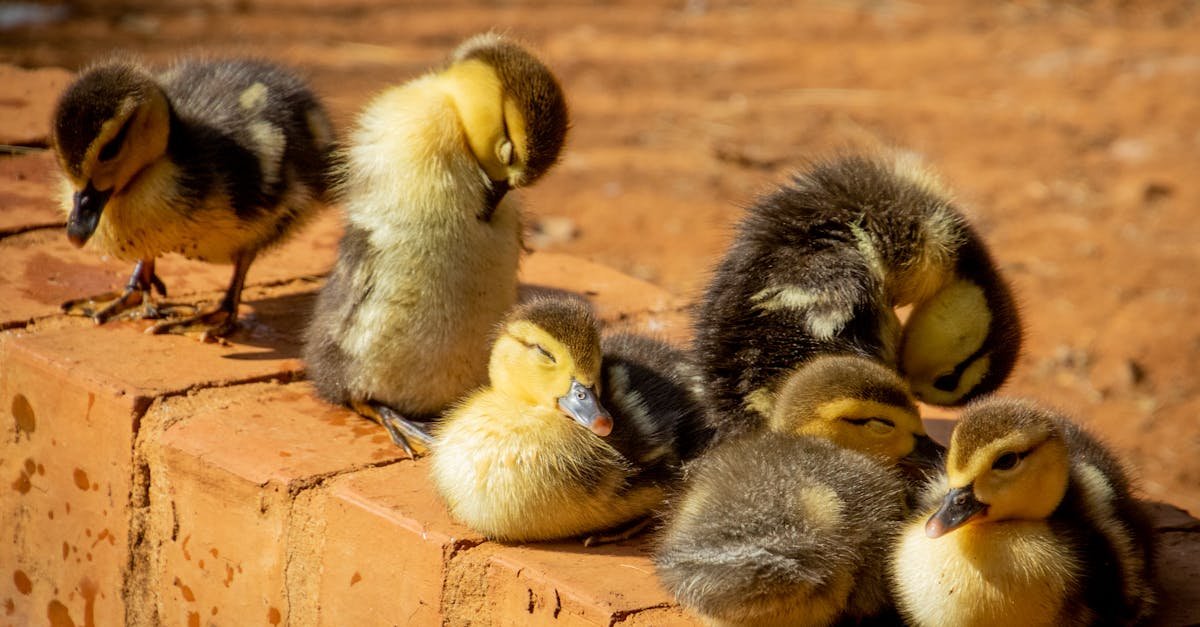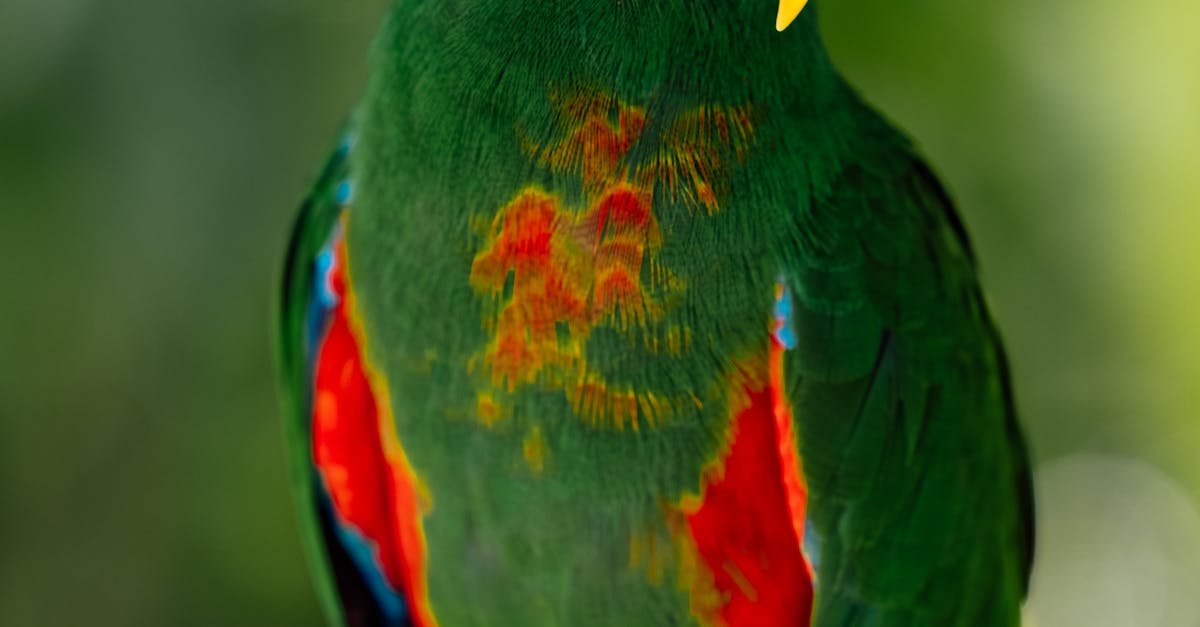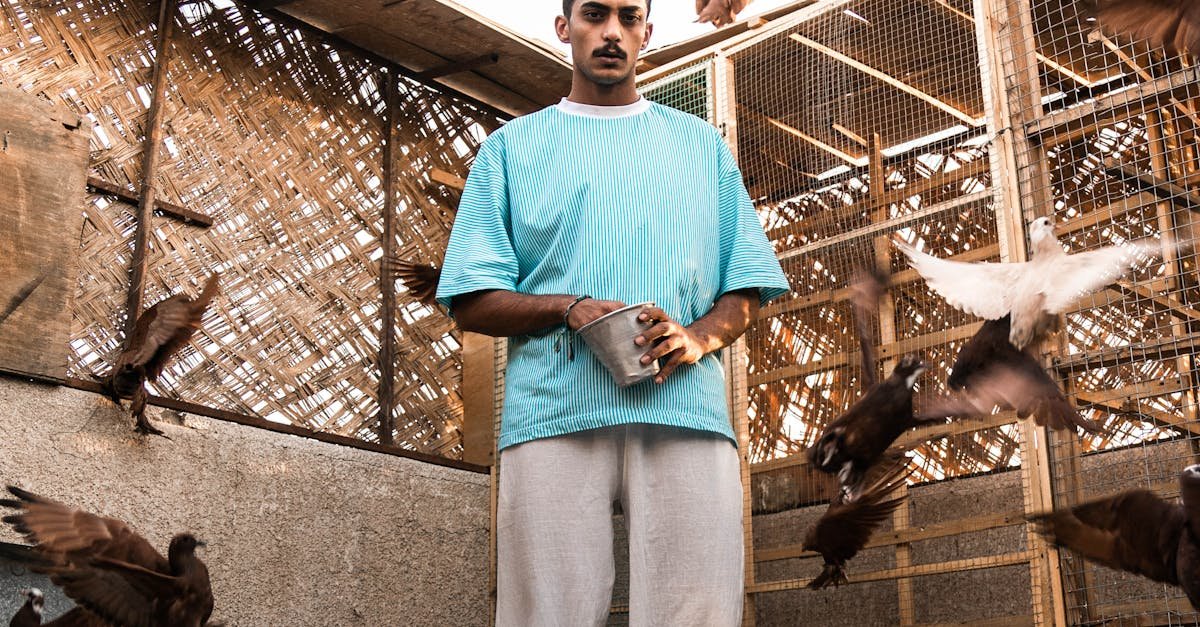Socialization Needs of Low Maintenance Birds
Selecting a pet bird that requires minimal socialization can be ideal for busy individuals or families. Many low maintenance species, such as finches or canaries, thrive in a less interactive environment. These birds usually enjoy the company of their own kind and can be kept in small groups. Their social fulfillment is often met through observation and gentle interaction rather than constant attention.
While some birds, like parakeets or cockatiels, benefit from regular social interaction, they can adapt to a more independent lifestyle. These species may require a short daily engagement, such as talking or gentle handling, to remain comfortable with human presence. Consistent but brief interactions can help maintain their sociability without overwhelming their need for autonomy.
This new blog post covers this topic in more detail.
Balancing Independence and Interaction
Pet birds that are considered low maintenance often have a more independent nature. Species such as finches and canaries thrive with minimal human interaction. These birds typically enjoy their own company and are happy to engage with their surroundings rather than relying heavily on their owners. Providing a suitable environment filled with toys and perches can keep them entertained, allowing owners to enjoy their company without the need for constant engagement.
Despite their independent tendencies, some socialization is beneficial for all pet birds. Regular interaction helps to keep them accustomed to human presence and prevents them from becoming overly skittish. Periodic opportunities for gentle handling or talking to them can reinforce positive behaviors without requiring significant time commitment. This balanced approach ensures that while the birds remain content in their independence, they also develop a comfort level with their owners.
Cost Factors of Owning Low Maintenance Birds
Owning a pet bird presents various financial considerations. Initial purchase prices can vary widely among species, with smaller birds typically requiring a lower investment compared to larger, more exotic breeds. However, the long-term expenses are essential to factor in. This includes regular purchases of bird food, bedding, and necessary equipment like cages and toys. A budget that allows for these ongoing costs will help ensure a smooth ownership experience.
In addition to standard supplies, potential veterinary expenses should also be accounted for. Routine check-ups, vaccinations, and potential emergency care can add up over time. It’s crucial to establish an estimated yearly budget that encompasses all aspects of bird care. Understanding these financial commitments will aid prospective owners in selecting a bird that aligns with their budget while ensuring the animal’s well-being.
Budgeting for Supplies and Care
When considering a low-maintenance pet bird, it’s essential to account for the initial and ongoing costs associated with care. Basic supplies include a suitable cage, food and water dishes, and toys for stimulation. Depending on the species, the initial setup can vary widely in cost. Parakeets and canaries may require a smaller investment compared to larger birds like cockatiels or lovebirds, which might need a more spacious cage and enhanced accessories.
Ongoing expenses factor into the overall budget as well. Quality bird food is crucial for health, with some species requiring specific dietary needs. Regular veterinary check-ups are also important to monitor health, plus the occasional purchase of new toys and cage liners to ensure comfort and hygiene. Keeping these costs in mind will aid potential owners in successfully managing their financial commitments while enjoying the companionship of a pet bird.
Time Commitment for Low Maintenance Birds
Choosing a pet bird often depends on the time you can dedicate to their care. While some species require more interaction and engagement, low maintenance birds tend to have relatively straightforward needs. Daily routines for these birds usually involve feeding, fresh water, and a brief check to ensure their environment is clean and safe. Many low maintenance species can entertain themselves for extended periods, allowing for more flexibility in a busy schedule.
Occasional care is also essential but does not demand significant time commitments. Weekly activities may include cleaning their cage thoroughly and ensuring their toys remain stimulating. Scheduled vet visits are important but typically occur less frequently than with other pets. Understanding these time requirements can help potential owners prepare for a fulfilling relationship with a low maintenance bird without overwhelming their daily lives.
Daily Routines and Occasional Care
Establishing a daily routine is essential for maintaining the well-being of low-maintenance birds. Feeding and providing fresh water each day ensures they stay healthy and hydrated. Cleaning their living space regularly is also important to prevent the buildup of waste and bacteria. A simple weekly cleaning schedule can help manage this task with minimal effort, allowing for a balanced environment for the bird.
Occasional care is needed for specific needs beyond the daily routine. This may include taking the bird for a check-up at the veterinarian once a year or addressing any health issues that arise. Providing mental stimulation through toys or interaction should also be considered, as even low-maintenance birds require some form of engagement. With a bit of planning, their care can fit seamlessly into a busy lifestyle.
Please be sure to check out The Complete Guide to Wild and Pet Bird Care: Tips, Products, and Resources
FAQS
What are some examples of low maintenance pet birds?
Some examples of low maintenance pet birds include budgerigars (budgies), canaries, and finches. These species are generally easier to care for and require less social interaction compared to others.
How much time do low maintenance birds need for socialization?
Low maintenance birds typically require less socialization than more interactive species. They may enjoy interaction for short periods each day, but they are generally independent and can entertain themselves.
What are the average costs associated with owning a low maintenance bird?
The costs can vary, but generally, budget-friendly birds like budgies and canaries may require around $20–$50 for the initial purchase, plus ongoing costs for food, supplies, and veterinary care.
Do low maintenance birds need daily care?
Yes, low maintenance birds still require daily care, which includes feeding, providing fresh water, and cleaning their cage. However, the time commitment is usually less than that required for more social species.
Are low maintenance birds suitable for first-time bird owners?
Yes, low maintenance birds are often recommended for first-time bird owners due to their relatively simple care requirements and more independent nature.
Related Links
Top Bird Species for Pet Owners
What is the best bird to own as a pet?
What is the most high maintenance bird?
What is the most cuddly pet bird?
Which is the friendliest bird?
What birds bond best with humans?
What is the best beginner bird to talk?
What is the least aggressive pet bird?
What pet bird has the most personality?
Which is the cleanest bird?

My name is Shane Warren, the author behind Chirping Birds Hub – your ultimate guide to the wonderful world of birds! Unleash your inner avian explorer as we delve into a vibrant library of knowledge dedicated to all things feathered. From learning about diverse bird species from across the globe to understanding their captivating habitats and behaviors, I’m here to fuel your passion for these magnificent creatures. Not only that, but I also provide valuable insights on being a responsible and informed pet bird owner. Join our vibrant community and let’s celebrate the feathered wonders of the world together – one chirp at a time.


